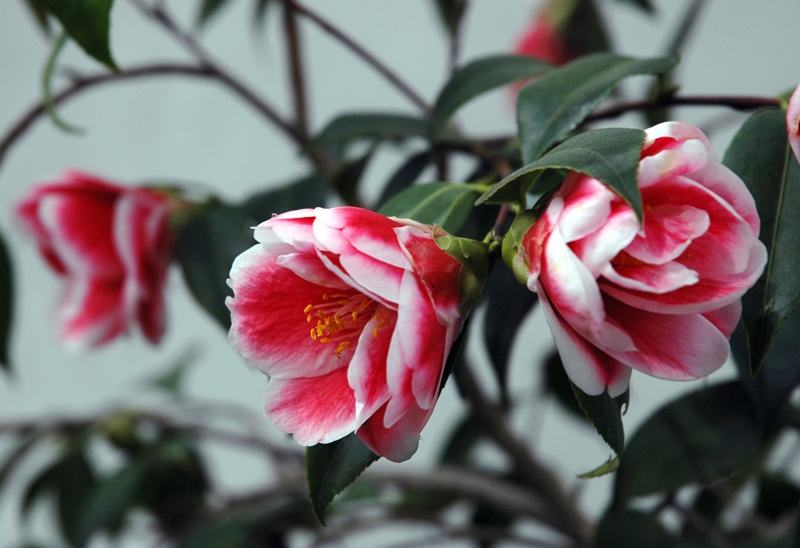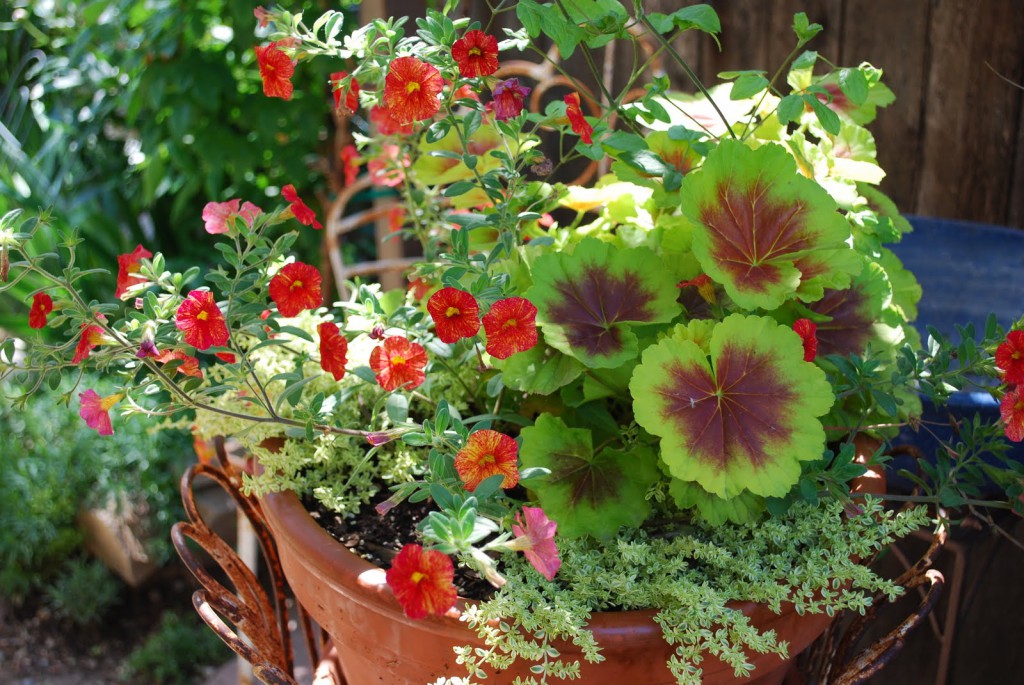Acid Lovers…

Acid loving plants… Both feared and revered by gardeners, the acid loving plants include popular garden ornamentals such as azaleas, gardenias, daphne, camellia, pieris and rhododendrons. Producing some of the most beautiful and wonderfully fragrant blossoms, these plants can be problematic for gardeners, as generally, they prefer a pH of around 5.5; this lower pH […]
Magnificent Magnolias

Heralding the coming of spring, Magnolias, especially the deciduous varieties hold a special place in the hearts of many a gardener with their stunning displays of large, fragrant blooms on elegant naked branches. Originating in Asia there are over 100 species and unnumbered cultivars. They are well adapted to Australian conditions and provided you give […]
Potted Gardens

Creating a potted garden is just like arranging flowers; you build up layers of texture, colour and form in an arrangement to fill, highlight or lift the space…and when you are ready for a change, you just rearrange. Another reason for choosing to pot plants is that soil conditions and plant selection are not always […]
Courtyard Gardens

In a small courtyard style garden, bringing together the functional properties without cluttering the limited space can be a challenge. Here are a few design considerations that may help maintain the important sense of spaciousness, ambiance and calm that can make your small garden a relaxing haven from the business of everyday life. Using the […]